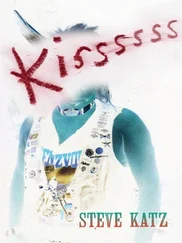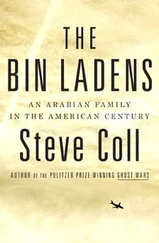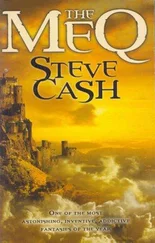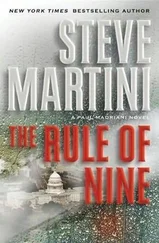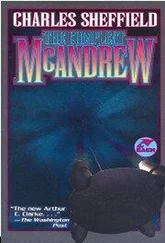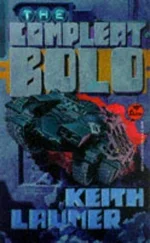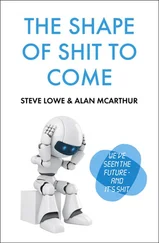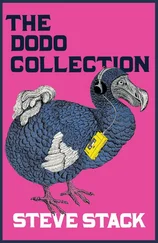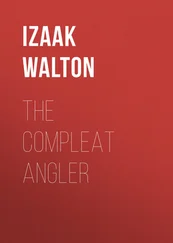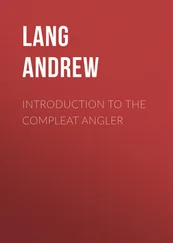Bobby turns to me from a conversation with Jack and says, “We’re talking oxygen.” “If you can talk prostate,” I say, “We’ll have a conversation.” “You really look good,” says Jane Hollo, always warm and southern. She stuffs a card announcing the show of her art into my pocket. “Good for what?” I ask.
People aging comically reiterate the physical and mental movement of their youths. If there isn’t too much pain, it’s an amusing show, a slow slapstick of fading abilities.
This comedy is breaking up. You can hear joints creak as the old friends falter towards their cars. I get into my car with good old Maureen, poet quick and wise, to drive us back to Denver. As I drive I am engulfed by a memory, as if visited by the ghost of passion past. I was riding the subway downtown once when I lived on Crosby Street. My eyes locked on the grey-green eyes of a beautiful young woman with ash-blonde hair. A sly smile curved her full lips, one shallow dimple deepening with her smile; a slim, buxom figure with a dancer’s posture. Our eyes remained locked from 89th to 42nd Street, where she got off. She looked at me through the window, as if she was disappointed that I didn’t get off the train with her. That might have made all the difference.
I look at Maureen riding shotgun. “That was such a great party,” she says. Maureen is always positive, ready to praise. I have the realization then, on the way back to Denver, even stronger than the image of the woman on the train, that my life is like that, that I am always going further downtown, and I don’t even know what that means. She was my grey-eyed girl. What does Van Morrison’s brown-eyed girl mean? Months have passed since the reverie, many years since the event, and meaning still plays no part in it. I have just the pleasure of the reverie, and the blessing of a grey-eyed girl, with no burden of meaning.
Too often I tell people that when I was directing Creative Writing at The University of Colorado in Boulder I didn’t enlist our program in the Associated Writing Programs. The idea of any kind of program, even the one paying my salary, offended my sense of the calling of the artist, and the notion of an association of programs squared my nausea. The artist in American culture has to be the majority of one, even when collaborating. I’m not pushing a libertarian or “tea-party” notion. I believe that government needs to be just big enough to protect the underprivileged, the unfortunate, and to keep the greedy and the power monsters in check. Government should encourage and support a broad sense of American culture, so we can put our best spirit into the world. The artist has to be free to delight and to move the people. Please, let there be no penchant for the convention. Pummel this sucker’s conclave. Rip it apart. This lean toward academic and corporate that manifests at AWP is an unnerving conspiracy of the dreary. But as a participant who once taught in such a program I have to admit that students who belly up to Creative Writing programs need somewhere to network for potential jobs and publishing opportunities. Trust funds can help very few. Most other rides to keep the scribbling alive are exhausting and slippery. Who am I to impose my notion of the artist on the writing students? In my role as director I was being paid to be a corporate hack; nonetheless, even today I’d refuse to let the University of Colorado wordslinger operation join AWP.
This year the convention is in Denver, smack up against the auto show. It is happening not too far from my neighborhood. I get tangled into the conference, the first I’ve ever joined. I do a few ten minute readings around the city. How can it hurt, I think? I am retired from all programs. With the left hand of my own hypocrisy I fret that they haven’t organized a celebration of my work. Not for Yuriy Tarnawsky, either, a great friend and writer. I go to dinner with him and Karina, his lovely wife. Afterwards we meet up with a small gathering sponsored by The American Book Review at The Office, a bar near the convention. You can bet all your bananas and your grandma’s snowboard that The Office is the name of that bar! Help us please, lord of the fringe, back to The St. Adrian Company or Max’s Kansas City. And it’s great to see Ralph Berry, extraordinary fiction writer, editor of my KISSSSSS: A Miscellany , with FC2. He is the best editor who ever touched my work. It is great to see Steve Tomasula, a creator of gorgeous intermedia fiction. Joe Amato is at the table, wielding his enthusiasm, and flush with the emergence of Big Man With A Shovel , his terrific new novel. Except for Karina, no women visit the American Book Review writers’ beer bash.
Friends agree right and left with my flagrant curmudgeon — Too institutional! Too Corporate! Literary apparatchiks elbowing for position! Overstuffed and dry as MLA! Wan clamor for glamor! Proliferation of writing programs creates a tidal wave of mediocrity! Etc! Etc! Earlier that day Joe Amato says in response to my predictable outburst, “Yeah, I agree, but if you just walk to the back of this book fair and look around, there are some young people producing beautiful work, and they’re serious, and there are good writers.” He points into the vast hangar of a book fair. I take a deep breath and dive in. As I drift table to table among the small presses, Eugene Lim catches up with me. He’s a talented young novelist, fiction editor of Harp and Altar , an online journal. He hands me a hard copy of their first anthology, in which they have printed some of my Memoirrhoids . The anthology is attractive, full of great writing like my own. On almost every table small press books look attractive. They’ve got the graphics down. They maintain a respect for the printed word. And here is Counterpath Press, Tim Roberts and Julie Carr at their table. They are publishing Time’s Wallet , a collection of my Memoirrhoids . I’m totally grateful. It’s important that they be here. And I’m happy to see Eugene, feel his enthusiasm. And Mark Spitzer mans the Exquisite Corpse table, one of the Memoirrhoids in their new yearbook. Good to see Mark. And I am happy to see all the old friends wandering through the establishment. So maybe my curmudgeon needs some scrubbing.
But yet again on the other hand goddammit I receive an email from Sidney Goldfarb, playwright and poet, collaborator with Julie Taymor back in the day, plays performed by The Talking Band at La Mama in New York, a writer way antecedent to the present ack-ack tsunami, a writer of great precision and clarity, and he writes to me:
Spent all morning at the CU table at AWP. Remember when writers took peyote together, roared past iguanas out into gulf, pissed blue oil spills to Venezuela, ate a mound of cachappas with guasacaca on the side, did the cumbia up through Panama to Vaselka’s and slowly calmed down over a plate of kasha and varnishkes singing hymns to Helen Frankenthaler. As one cowboy said to another on a train in Oaxaca, “What happened to us?”
Pops performed at Bailey Hall. That was at Cornell, when I was vice president of the rhythm club. Ross Firestone was president. Both our tastes ran to bebop and cool jazz — Art Blakey, Lennie Tristano, Paul Chambers, Bill Evans, Kenny Dorham, Lee Konitz, Bud Powell, Charles Mingus, and etc. The popular resurgence of Louis Armstrong didn’t interest us. The Rhythm Club booked him to raise money for hipper events.
The band had already arrived by bus, and Louie was getting in an hour or so before the concert and leaving right after. My job was to pick him up at the Lehigh Valley Railroad Station in downtown Ithaca. At that time a train ran from New York City, through Ithaca, clear to Rochester and Buffalo. I recognized him immediately as he got off the train, the only black person on the platform. He was smaller than I had imagined, but there was that broad “Pops” face, and lips that were all embouchure. I waved at him and approached. I was wearing a loose sweatshirt.
Читать дальше

